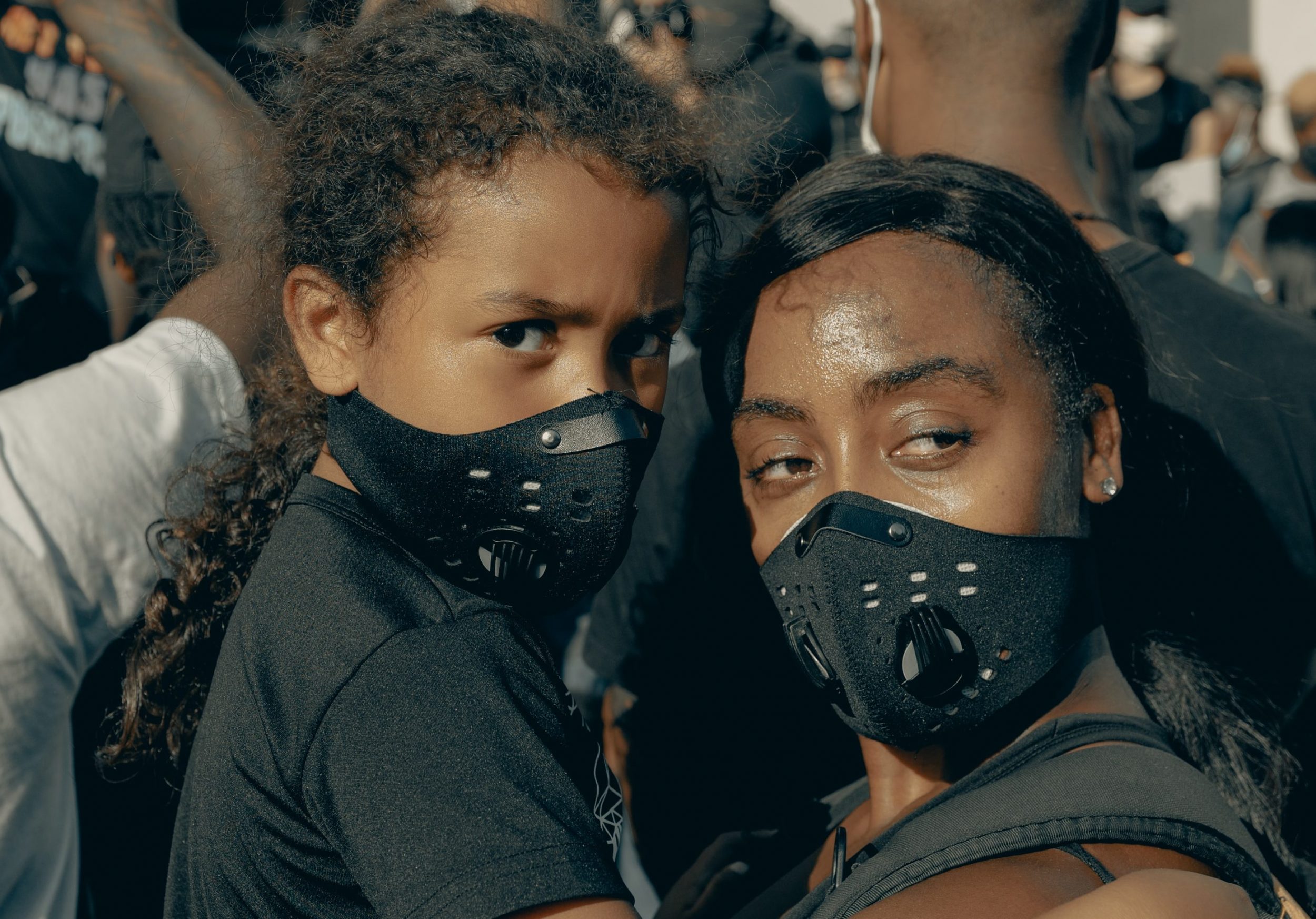LSE’s Shakuntala Banaji and Gazal Shekhawat write about the reponsibilities of scholars and the media in light of the ongoing deaths of unimaginable numbers of children. Trigger warning.
Every day, for the past seven months, children and parents have been killed and injured in large numbers in a multitude of horrific ways. This week was no exception. Attempting to prevent more killing might be thought to be a very low ethical bar for anyone, let alone for scholars in the social sciences and journalists reporting on international relations and geopolitics and yet it has proved incredibly controversial amongst both academics and scholars.
Teaching about international media and development involves frequent consideration of situations in which there are preventable deaths. Besides the conflicts over natural resources that have led to famine and drought, many of the huge infrastructural projects, communications campaigns about pandemics, austerity drives or new technologies marketed to masses of people involved death, harm and mass deception along the way. One of the questions we ask our students is what role they think media and communications, and universities, should play in regard to such violent policies and politics. The wider public too would do well to ask this question.
Those of us in the field of Media and Communications know that our community has contributed to uncovering these harms, these systemic lies. There is a whole journal devoted to genocide and communication. Many universities employ staff who work to alert people to the ravages of scientific racism, colonialism and extractive capitalism on society and the environment; and the effects of corporate violence on indigenous practices which are good for the environment. Tragically, some of us also lend our voices to supporting ongoing harm. Communications as a field is not uniquely positioned in supporting unjust and inhumane practices from ethnic cleansing to eugenics.
Even when there is no immediate or obvious violence, we may lend our insight to the acquisition of money and power in support of those who already have money and power, deluding ourselves that the outcomes will trickle down. Others aid and abet corporations to obscure the connections between different child mortality and the destruction of human and natural habitats. This, for some, preserves the idea of the university as a ‘neutral’ space. Meanwhile university administrators have been known to spy on and report their own staff and students.
Historically, students and young people have often been the ones to resist monumental injustices despite the punishments meted out by their institutions. This is as much the case in 2024 as it was in the 20th century. While many in younger generations were the victims of propaganda and war, many also resisted. So, why is it that the killing of children and other innocents motivates students and other young people yet seems so complex and controversial to many journalists and academics?
There are many ways to kill and harm children and many scholars of childhood have catalogued these, as have human rights organisations, volunteers, professional and citizen journalists. These brave individuals and organisations have shown the world images of children in mass graves, hands tied behind their backs; and covered in concrete under fallen buildings. They have recorded the begging, the shaking, agonised weeping, screams and soft whispers of children who have lost parents, grandparents, siblings, organs, limbs.
The indirect ways of killing children and of harming them — including destroying their mental health, perhaps irrevocably — involve killing, torturing, humiliating and traumatising the adults closest to them, and the adults and children closest to those adults. Intellectually, many people know this: that family and collective well-being is also key to children’s well-being. Yet it’s much rarer to hear the related point: that collective punishment achieves long-lasting harm to children.
So, killing and harming children can be slower than instant death from bullets or bombing. It can involve dismantling the infrastructures that enable them to eat and play and learn, or to heal and rest together. Killing and harming children can involve removing their food and water or contaminating their food and water; it can involve maiming them with missiles so they have to exist with festering wounds or without parts of their bodies. It can involve leaving them exposed to the elements, forcing them to watch their family members, pets and neighbours wounded and crushed by falling masonry. Or it can involve removing them forcibly from the places in which they grew up, maybe in the middle of the night, and forcing them to travel on foot through devastated lands seeking refuge, crossing seas with their lives in the hands of people traffickers, stripped and searched at borders, incarcerated and humiliated. When such things happen to children — and they survive, or even go on to do incredible things, a movie might be made about their resilience.
Thousands of miles and militarised borders away, while un-shelled universities go about acquiring stocks in this suffering, the maintenance of this killing and harming can mean calls for ‘reason’ from those who wield authority. Or it can mean public silences and private infighting on academic and social listservs over the inconvenience of acknowledging genocide, as meeting rooms, graduations, conferences, and classrooms harbour murmurs – ‘this is not the right place to bring it up.’ So the world is bereft of places for some children. A scholar had once put a name to this process – unchilding. But the killing and harming of children can mean the arrest and persecution of those who name this violence, those who ache for children, and those who chronicle the crimes committed against them.
Supporting and abetting such vast damage is an infrastructure of death which includes many media professionals who lend their pens to disinformation; and many who remain silent for fear. This sphere includes a further harm to children that makes the conditions for the murder and death of children possible: it legitimises the dehumanisation and destruction of the communities some children come from. It involves the falsification of witness accounts of children’s death and harm, a casting of doubt on the motivations and character of humanitarian organisations that deliver emergency aid, the spinning of narratives about the speed of famine or numbers dead, and the erasure of the cultural artefacts that mark the dead and dying children and their families as worthy of mourning. It involves muddying the waters enough that those consuming this media find themselves asking “Had this baby lived, maybe it would have become a terrorist?” “Perhaps those parents deserved to be bombed since they voted in a bad government?” “Perhaps these aren’t children dying at all — perhaps these AI images”.
When it comes to children and childhood, the imperative for researchers and journalists to do no harm becomes even more intense, and the idea of neutrality is even more questionable. Can one be ‘neutral’ when there aren’t ‘two sides’, rather there are children of an occupied and displaced people, and there are soldiers’ shooting them? Given that the connections between hate, disinformation and extreme harm to children are known and documented, isn’t it the deep ethical and human responsibility of universities, communications scholars and the media to speak and act to end the killing of all children?
This post represents the views of the authors and not the position of the Media@LSE blog, nor of the London School of Economics and Political Science.
Featured image from project #UNMUTEGAZA, retrieved from unmutegaza.com. From left to right, art by Jofre Oliveras based on a photograph by Mariyam Abu Dagha, art by Alba Trench based on a photograph by Saher Alghorra, art by Escif based on a photograph by Belal Khaled.





